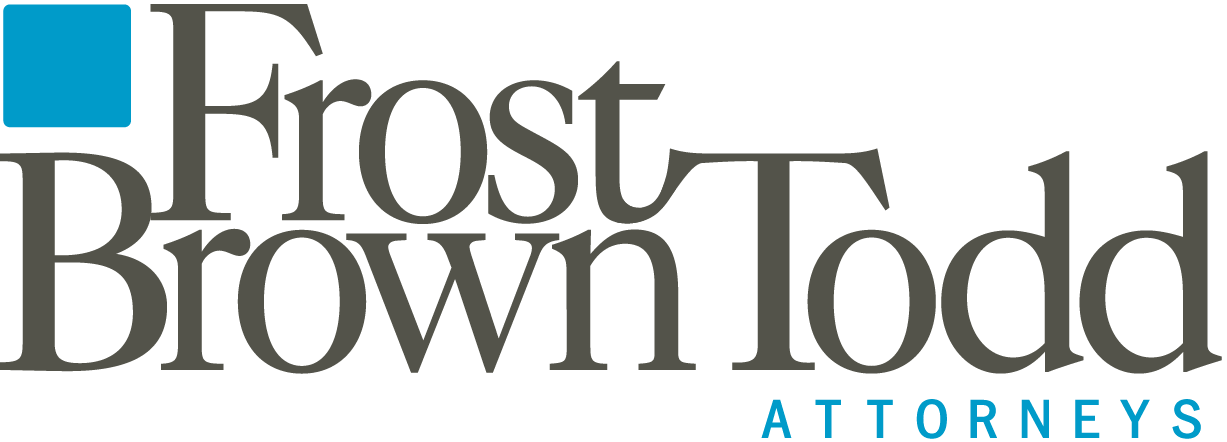Tidal waves of change are headed straight for the insurance industry – nearly $3 billion of funding has flowed into “Insurtech” startups over the last two years, and the area continues to attract capital in hopes of radically changing the way insurers do business. The world has changed a great deal in the roughly 450 years since modern insurance found its genesis around Lloyd’s Coffee House tables in London. While the industry has evolved to some degree, it has successfully withstood large-scale disruption to date. This, of course, makes sense – a product and business built on promises of stability, historical data analysis, and risk controls is understandably reluctant to embrace new or potentially risky ways of doing things, as are those who regulate the business across many jurisdictions.
However, today’s insurance consumers, whether they be individuals or businesses, have grown accustomed to modern technological conveniences and now demand the same from the insurance market. In other words, legacy insurance entities can no longer ignore developments around them if they want to remain competitive in the marketplace. As trust and brand loyalty across all markets continues to decline, carriers, agents, and regulators must adapt to new expectations regarding all aspects of the insurance transaction value chain, from underwriting and rating, to claims payment. The “insurtech” concepts such as the sharing economy, insurance-on-demand, usage-based insurance/telematics, blockchains, smart contracts, and the “Internet of Things” are just some of the quickly-growing, game-changing concepts involved in modern consumer-driven marketplaces. These insurtech concepts will fundamentally alter not only the nature of insurance products and distribution channels, but just as importantly, how those products must be regulated, both domestically and internationally.
NAIC Innovation and Technology (EX) Task Force
The National Association of Insurance Commissioners (the NAIC), has recently started considering these issues through the lens of a new “Innovation and Technology Task Force” (the “Task Force”) in their effort to develop regulatory guidance, white papers, model laws, and/or regulations, and make recommendations to the NAIC’s Executive Committee. The Task Force’s initial meeting was a standing-room only event featuring testimony from individual insurers, trade associations, and consumer advocates. Michigan Insurance Director Patrick McPharlin, the Task Force chair, acknowledged that there is no stopping insurance innovation and technology, but advised that regulators must strike a balance between seeking consumer protection and appropriate financial solvency of insurers on one hand, with potentially constraining new advances by overregulating on the other hand. Four working groups will report up to the Task Force for the remainder of 2017:
(1) Big Data, chaired by Oregon Commissioner Laura Cali Robison
(2) Cybersecurity, chaired by South Carolina Director Ray Farmer
(3) Speed-to-Market, chaired by New Mexico Superintendent John Franchini
(4) Microinsurance, chair TBD
In particular, it is worth noting that both the Big Data and the Cybersecurity working groups are charged with, among other things, evaluating insurer relationships with third-party data users and vendors—such evaluations can potentially lead to legislation and regulations affecting any and all businesses that work with regulated insurers.
Navigating the Challenges Ahead
Insurance is traditionally an industry with extremely high barriers to entry, in large part due to the difficulty, complexity, cost, and many potential pitfalls of regulatory compliance and enforcement. With the fleet of regulatory battleships turning its attention to the innovations transforming insurance markets, new entrants and legacy players alike must proceed with great caution. As regulators conduct their study and analysis, innovation will continue – wearable tech, driverless cars, machine learning, connected home sensors, drones, and artificial intelligence are increasingly part of our everyday lives, presenting new and exciting opportunities for creative insurance industry participants to reach untapped and/or underserved markets.
The attorneys of Frost Brown Todd’s Insurance Industry Group have spent decades guiding our clients through regulatory changes across the insurance and technology industries. We have assisted both new and established U.S. and foreign insurance entities, including captives and RRGs/RPGs with all aspects of their operations, from formation, capitalization, new and cutting-edge policy and product design, policy administration system compliance and controls, to distribution licensing and claims administration, to defense of regulatory and administrative proceedings. We stand ready to assist you with legal regulatory and strategic counsel in the design, development, and distribution of new insurance and hybrid products, as well as effectively influencing, interpreting, and complying with new regulations that may govern such offerings or proactively working to develop new guidance that recognizes the necessity of modernizing our insurance regulatory system and distribution. We are committed to a first-hand understanding of your business objectives and challenges, enabling us to best help you accomplish your goals. If you have specific questions regarding ongoing developments in the insurtech industry or at the NAIC Task Force or Working Groups, please do not hesitate to contact Greg Mitchell, Anthony Cotto or Jeffery Gorham.
